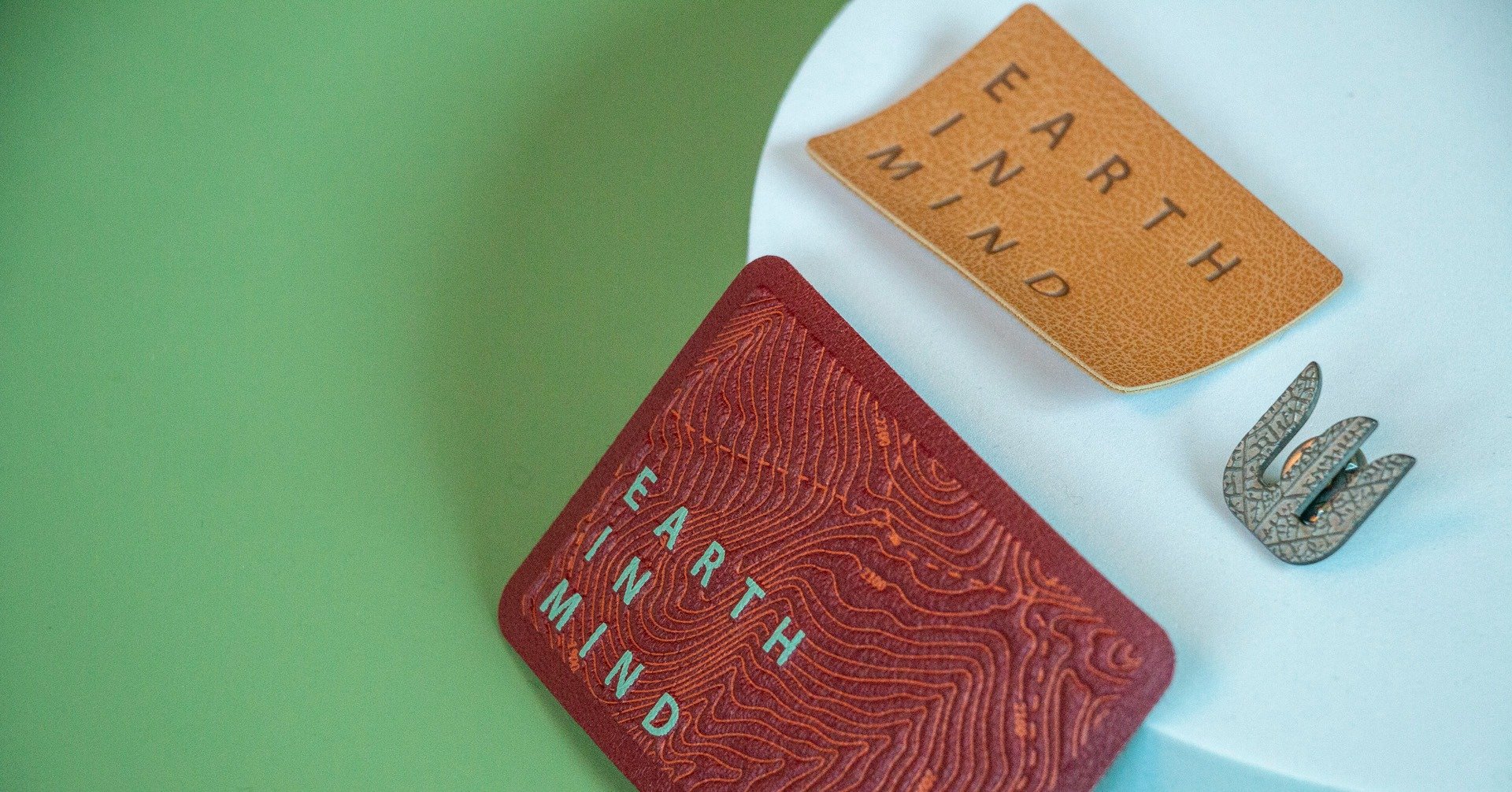Why swing tags matter: The small detail that elevates every brand experience
2 min read timeIn today’s fast-paced fashion industry, where first impressions count more than ever, the swing tag...
Limitless creations, materials and finishes
Achieve sustainability goals with eco-friendly options
Working with brands in every industry
Luxury Fashion
Pushing for a better planet
Get up to date with the latest insights

As the climate crisis intensifies and consumers become increasingly eco-aware, the fashion industry’s environmental impact is often thrown into the spotlight.
Despite some alarming statistics, it doesn’t mean we should lose hope for a sustainable fashion future. To get you up to speed, here’s an easily digestible list of all the sustainable fashion facts you need to know.
Perhaps the most significant contributor to fashion’s negative environmental impact is the amount of waste produced throughout the supply chain.
Raw materials require a lot of chemical processing, with those chemicals needing somewhere to go. Unfortunately, this usually has a detrimental effect on the environment, natural resources and communities.
As carbon emissions reach an alarming rate globally, eyes are turning to the industries and companies with the biggest impact, with some consumers and governing bodies holding them accountable.
With feelings of eco-anxiety and environmental responsibility increasing with consumers, we’ve started to see a shift towards more sustainable shopping habits to reduce the negative impacts of fast fashion hyperconsumerism.
While the impact of circular fashion remains to be fully seen and understood, several positive sustainable fashion facts are associated with a model that displays glimmers of hope.
Our guide tells all. We’ll cover why sustainability in fashion is important and the practices, materials and suppliers you need to help you on your journey to becoming a circular business.

.png?width=400&height=200&name=Feature%20image%20(2).png)

Want to keep up to date with industry developments, trends, product launches and more? Sign up to our newsletter to get the latest delivered to your inbox.